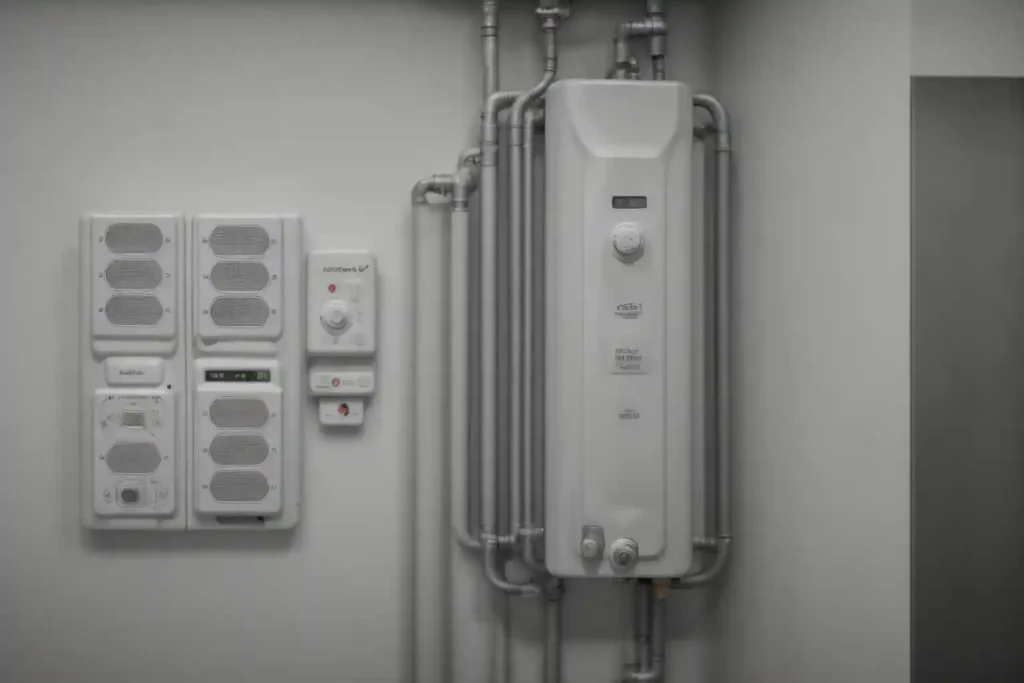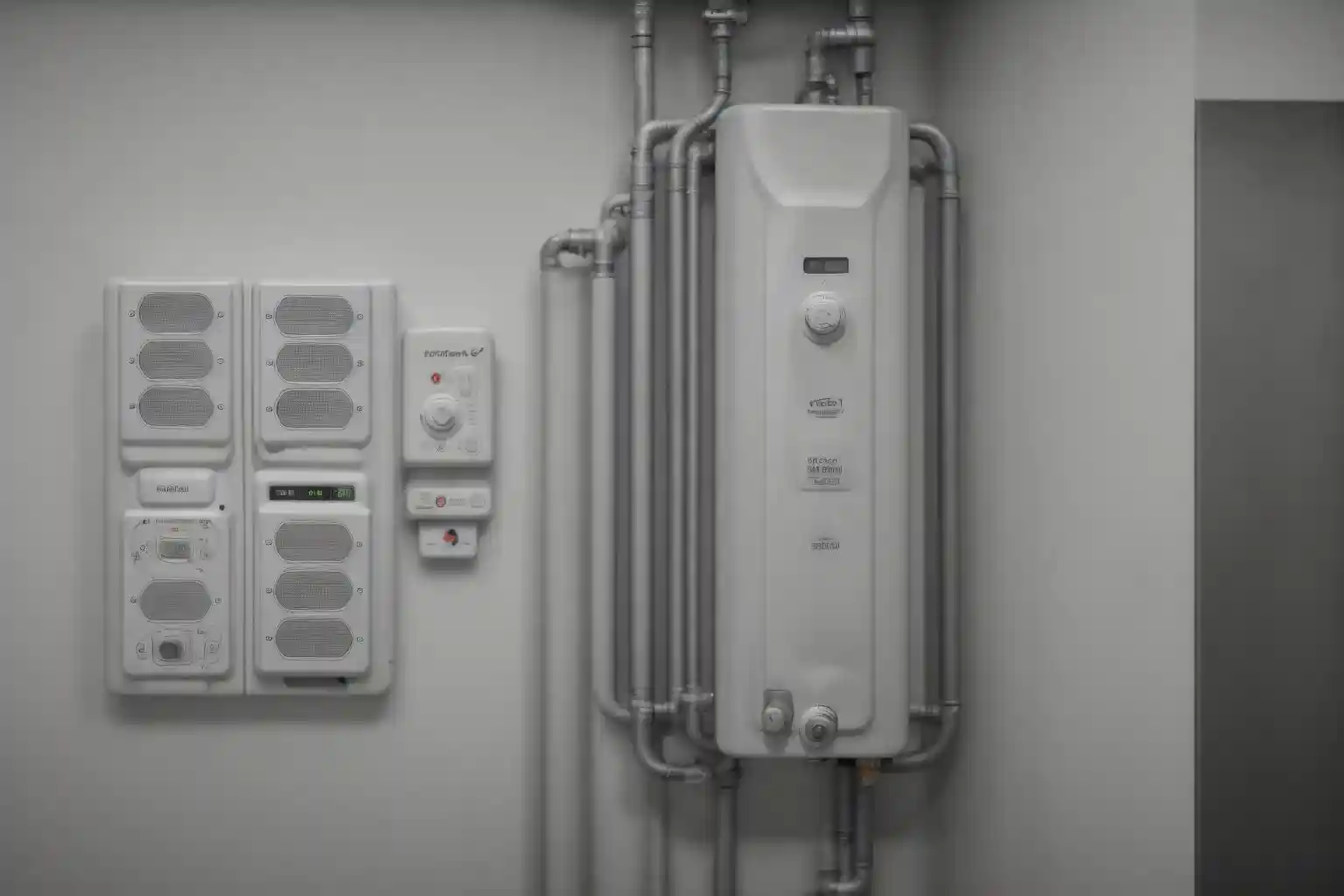Navigating the wide variety of heating systems available necessitates a deep awareness of complex advantages as well as downsides linked with each alternative. Whether one prefers the timeless embrace of traditional fireplaces or the efficiency of modern radiant or geothermal options, one can select from several options that best fit their needs. The best solution that delivers the desired warmth requires a delicate combination of sustainability, comfort, as well as economic factors.
Traditional fireplaces
This type of heating system serves as a charming and functional solution in homes by harnessing the power of combustion. As seasoned logs or other fuel sources burn, the radiant heat produced warms the surrounding space. The chimney channels smoke and byproducts safely outdoors while creating a cozy ambiance.

Choose the right heating system for your needs with these options
Though picturesque, these fireplaces are gradually giving way to more efficient and cleaner alternatives, but their timeless allure remains a nostalgic nod to warmth and comfort.
Pros
Fireplaces tend to provide more than just warmth because they create a cozy ambiance fostering a mood of relaxation. Besides their aesthetic appeal, this mode of heating a home is cost-effective because it uses renewable natural resources like wood.
Cons
Concerns regarding air pollution, inefficiency, and heat distribution limits all contribute to increasing energy usage. Because of the possible health risks associated with utilizing this alternative, it is less practicable for modern households.
Forced air systems
This heating platform is a workhorse of many homes, operating like heat delivering air couriers. They use a central unit, fueled by gas, electricity, or propane to warm air. A powerful fan then whisks this hot air through a network of hidden ducts, acting as tunnels toward vents in each room. The cool air in your home, feeling the draft, gets sucked back to the unit through return vents completing the loop. This cycle continues, like a tireless workhorse, ensuring every corner feels the cozy warmth. In essence, it turns your living space into a well-ventilated haven, kept toasty by a constant flow of conditioned air.
Pros
Forced air heating systems provide exceptional efficiency and comfort. The rapid delivery of warm air through ducts ensures that temperatures remain consistent throughout rooms. As a result, the air quality improves and facilitates easy integration with advanced thermostats for precise climate control.
Cons
They often distribute allergens if no maintenance is done sooner, compromising the air inside. Also, they tend to be noisy at times or create uneven heating that leads to high energy bills and discomfort to homeowners.
Electric heating systems
These systems harness the flow of electricity through resistant elements, be it coils, wires, or embedded mats, and convert it into a warm embrace. This thermal magic relies on the Joule effect, where collisions between electrons and atoms dissipate as heat. Depending on the system, this heated core warms air directly, radiates warmth outward, or transfers it to fluids for distribution. Ultimately, electric heating offers a clean, controllable, and efficient way to banish the chill, leaving you with a toasty haven powered by the invisible spark of electricity.
Pros
Electric systems heat specific rooms instantly, eliminating wasted energy. They also boast top-notch safety, emitting no harmful fumes or combustion risks. Embrace cleaner air and a quieter home while enjoying the gentle warmth of a future-focused heating solution.
Cons
Its high operating costs, especially in cold climates, can cause your energy bills to skyrocket. Plus, power outages plunge you into frigid darkness, rendering electric heat useless sometimes.
Radiant systems
This type of heating system is designed to tap generate warmth starting from the ground going up. Imagine heated mats beneath your floor or panels nestled in walls and ceilings. These elements, powered by electricity or warm water, radiate invisible infrared waves like miniature suns. When furniture, walls, and even you absorb these waves, they transform into tiny heat radiators, warming the room from the inside out.
Pros
These systems help you to breathe comfortably by providing cleaner air that is free of dust concerns caused by forced air. You may also save money on your utility costs since efficient coils consume less energy and function silently, allowing you to relax in pure, warm comfort.
Cons
The upfront cost can dig deeper into your wallet, making it tricky to retrofit existing homes. Repairs, though rare, require floor demolition, a messy and costly prospect.
Choosing the correct heating system necessitates navigating a minefield of possibilities, each with its own set of benefits and downsides. The ideal equilibrium is achieved by balancing individual requirements and priorities, delivering warm places and pleasant smiles without breaking the bank.

